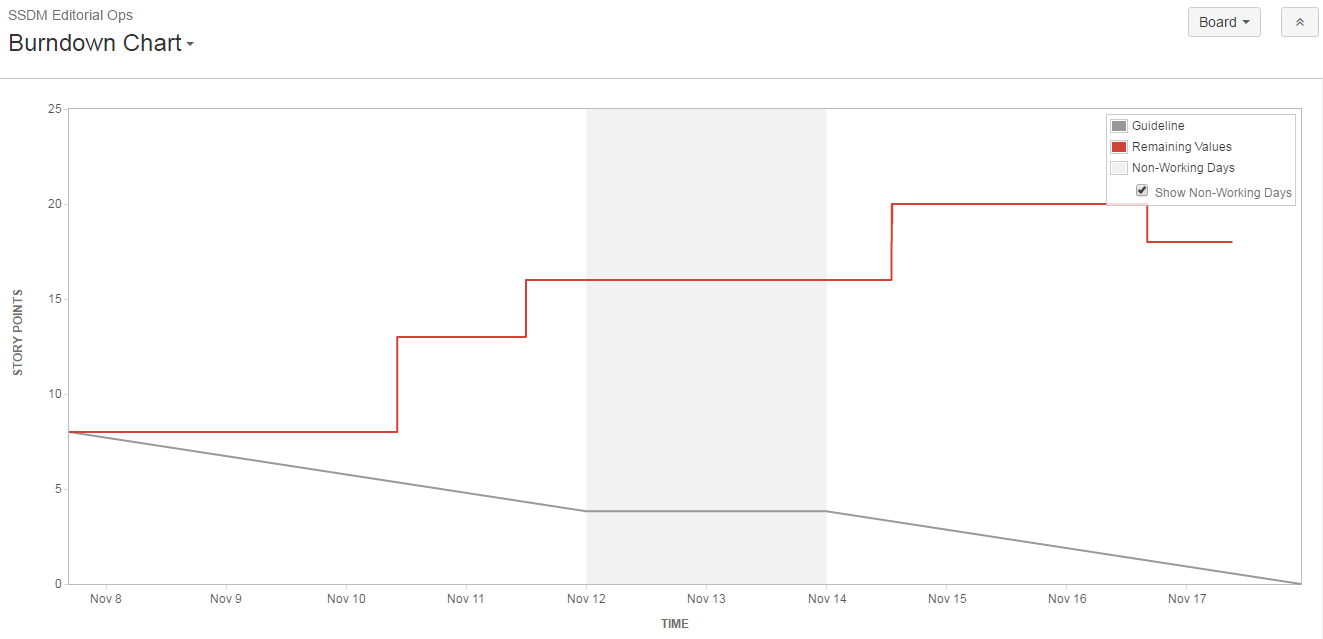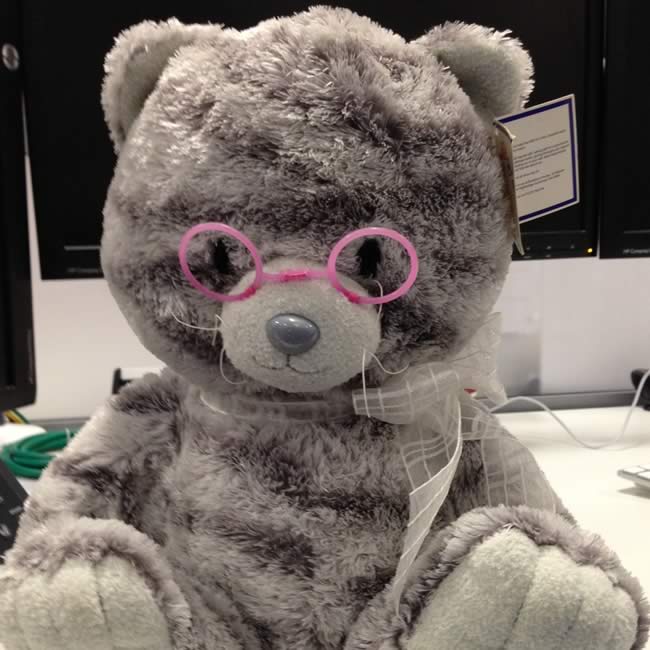Scrum course
Wednesday, January 4th, 2023 | News

My new course is out, teaching Scrum agile project management framework. Inside the course, you will earn:
- Artefacts: product backlogs, sprint backlogs and definition of done documents
- Ceremonies: Daily Scrum (stand-up), backlog refinement, sprint planning, retrospectives, ways of working meetings, wash-ups and sprint reviews
- Estimating points, velocity and agile poker
- Team roles including product owners, scrum masters and stakeholders
- Team psychology including psychological safety, coaching and best practice
- Agile requirement gathering, user stories, tech debt, prototyping and user labs
- Agile release management, continuous integration and continuous delivery
- Scaling scrum beyond a single team with product splitting and Scrum of Scrums
You can preview the course on Udemy.

My new course is out, teaching Scrum agile project management framework. Inside the course, you will earn:
- Artefacts: product backlogs, sprint backlogs and definition of done documents
- Ceremonies: Daily Scrum (stand-up), backlog refinement, sprint planning, retrospectives, ways of working meetings, wash-ups and sprint reviews
- Estimating points, velocity and agile poker
- Team roles including product owners, scrum masters and stakeholders
- Team psychology including psychological safety, coaching and best practice
- Agile requirement gathering, user stories, tech debt, prototyping and user labs
- Agile release management, continuous integration and continuous delivery
- Scaling scrum beyond a single team with product splitting and Scrum of Scrums
You can preview the course on Udemy.


